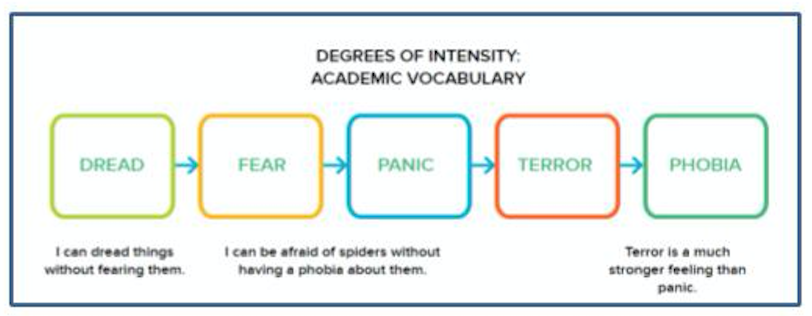Engaging Students with Academic Vocabulary
NOVEMBER 28, 2018
Words matter. Students who struggle with academic vocabulary will have a much harder time making meaning out of text and accessing grade level content.
But simply memorizing lists of vocabulary words isn't always effective. To truly internalize new words and their meanings, students need to actively engage with them.
The Importance of Academic Vocabulary
Vocabulary is simply the knowledge of words and their meanings. But academic vocabulary is something special. These are the words that students may not encounter often in daily conversation, but are critical for understanding academic and informational text.
Many researchers (such as Nagy and Townsend) divide academic vocabulary into two types. General academic vocabulary includes words that are used across multiple subject areas, such as observe, regulate, or validity. These words may have different meanings depending on the subject area and are often abstract. Students also have to master domain-specific academic words such as photosynthesis, polynomial, or feudalism. These words typically have one very specific meaning and are rarely encountered outside of content-specific informational texts.
Students need to master both types of academic vocabulary in order to succeed in the classroom and perform well on high stakes tests. Marilee Sprenger notes in 101 Strategies to Make Academic Vocabulary Stick that, "Eight-five percent of achievement on these tests is based on an understanding of the academic language within a question." When students do not know the meaning of a key word in a piece of text or a teacher's lesson, they are not able to understand the content. Along with basic word decoding, vocabulary is one of the most critical elements of reading comprehension and overall academic success.
An Active Approach to Academic Vocabulary Development
Research has consistently shown that explicit, direct instruction in academic vocabulary is the best way to help students increase their understanding of both general and domain-specific academic words. The National Reading Technical Assistance Center recommends that teachers:
- Provide direct prior instruction for the vocabulary words students will encounter in the texts they are using in class.
- Ensure that students get multiple exposures to new vocabulary words in a variety of ways and contexts.
- Emphasize high-frequency academic vocabulary words that students will find useful throughout their academic lives.
- Use active learning methods that require engagement from students and help them move beyond shallow definitional knowledge.
Active engagement with academic vocabulary words is critical to help students achieve retention and mastery of the new words. It is not enough for students to mindlessly match a word with its definition on a one-time vocabulary test. The goal is for students to take ownership of the word so that they can recognize and interpret it easily when they encounter it in text and are comfortable using it themselves in different contexts.
Robert Marzano has defined the characteristics of effective vocabulary instruction in Building Background Knowledge for Academic Achievement.
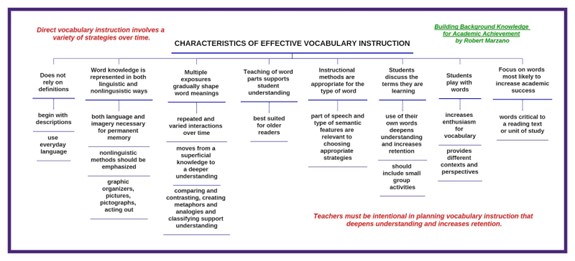
Bringing Academic Vocabulary to Life with Thinking Maps
Thinking Maps provide an ideal template for building proficiency with academic vocabulary words. For example, students may use a Circle Map to build their own definition of a new term using words, illustrations, examples, characteristics, and applications:
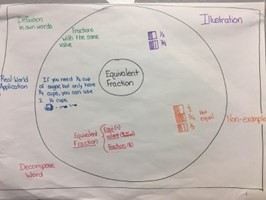
Other types of Thinking Maps can be used to compare and contrast related vocabulary terms, deconstruct roots and affixes, categorize vocabulary words, or visualize relationships between words.
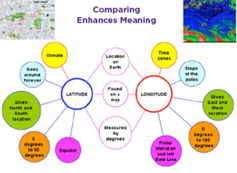
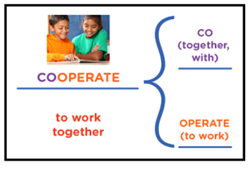
Thinking Maps provide students with a "visual language for learning" that helps students engage deeply with academic vocabulary. As students create their Maps, they are bringing new terms to life. Their Maps become a personalized visual dictionary of academic terms that is much more meaningful than a simple dictionary definition.
Active engagement is critical to support a rich understanding of new academic words and help students move beyond reciting definitions to actually using the words in context. Thinking Maps are an effective way for students to engage deeply with the words and make them their own.
Continue Reading
July 2, 2025
A Meta-Analysis of studies showed that coaching, along with group training, curricular and instructional resources made a larger impact on the effects of teaching and student achievement.
June 16, 2025
At Thinking Maps, we are committed to creating a platform that not only meets but exceeds the expectations of our users. That’s why we’re thrilled to roll out a host of new user experience updates to the Thinking Maps Learning Community (TMLC). These updates represent a significant leap forward in usability, design, and functionality, ensuring a seamless and engaging experience for all users.
May 29, 2025
When it comes to professional learning for teachers, coaching has emerged as an effective method for fostering meaningful, long-term change in teaching practices. By offering personalized support, ongoing feedback, and practical application, coaching meets teachers where they are and provides the tools they need to thrive.
February 19, 2025
In a Thinking Maps school or district, critical thinking extends beyond the classroom walls. Students develop ownership in portable learning strategies that they carry with them from class to class and grade to grade. Teachers elevate planning and collaboration using a shared vision and strategies. School and district leaders are key elements of successful, lasting whole-school change built around critical thinking.
